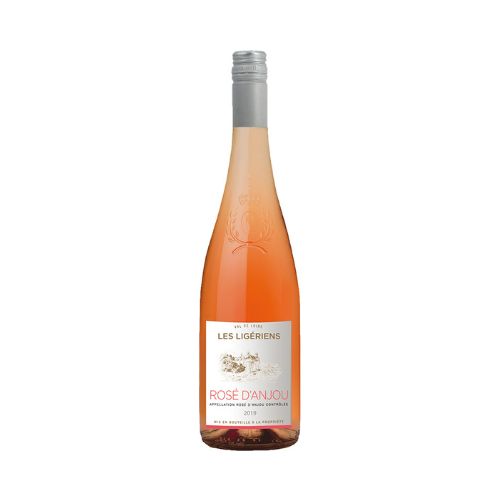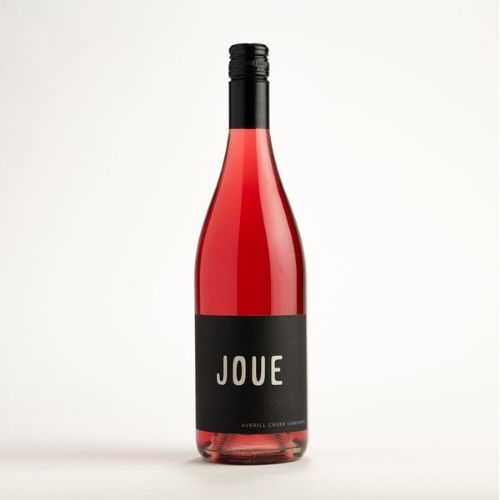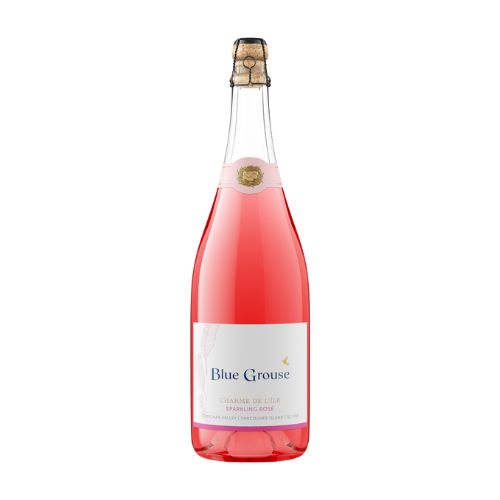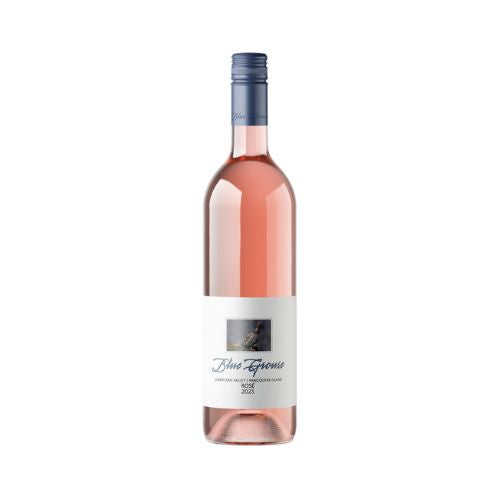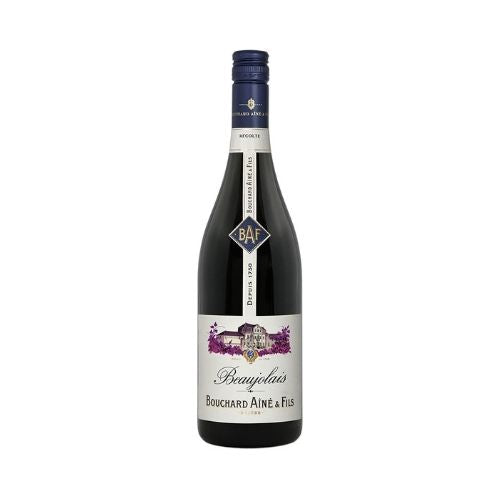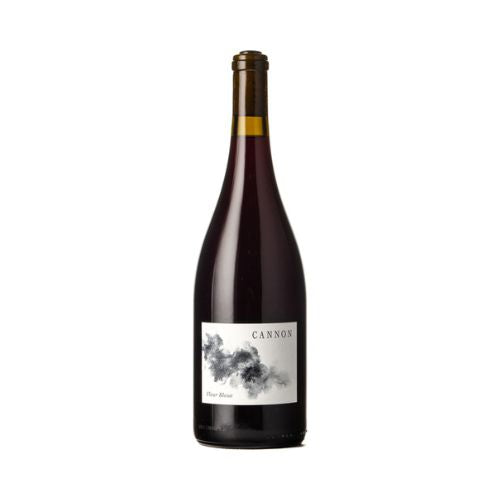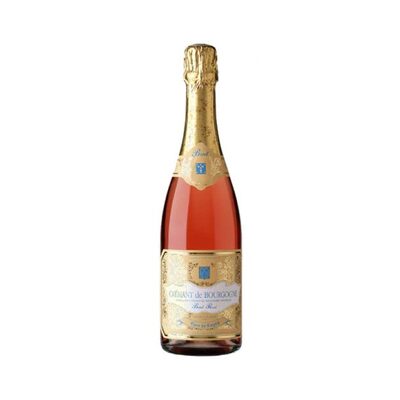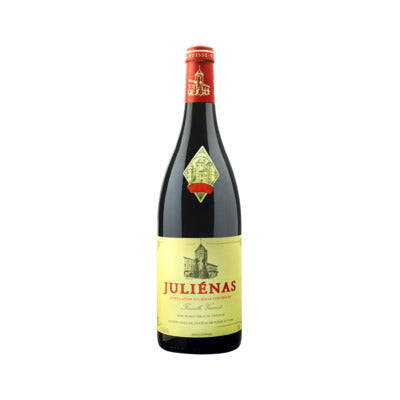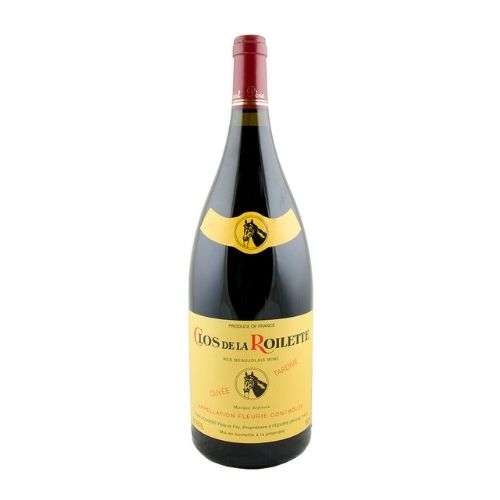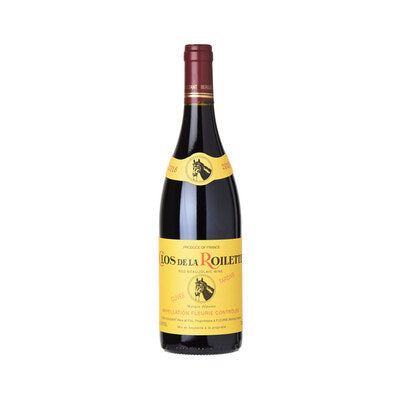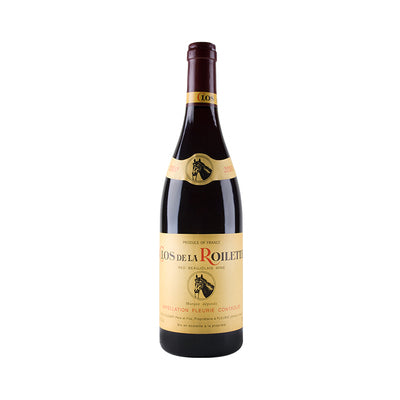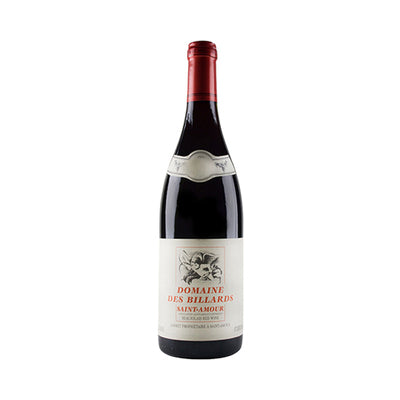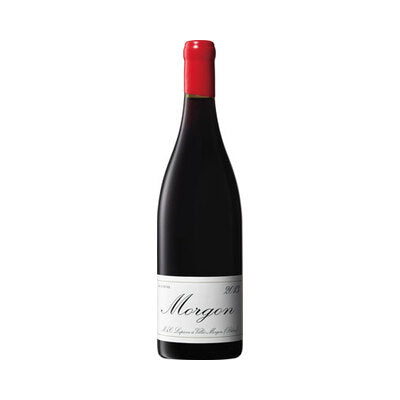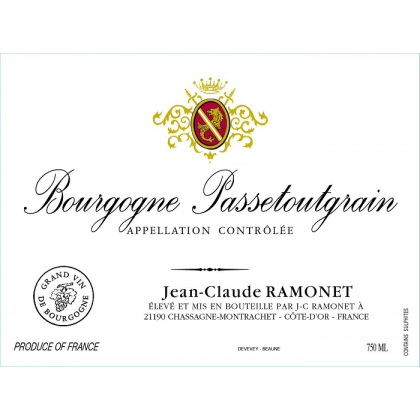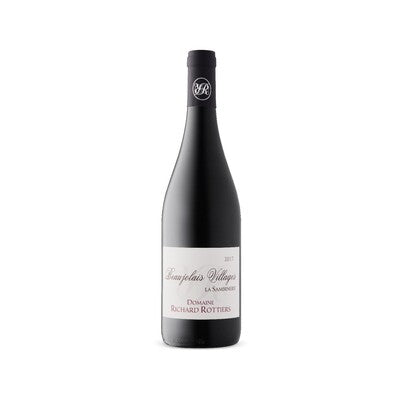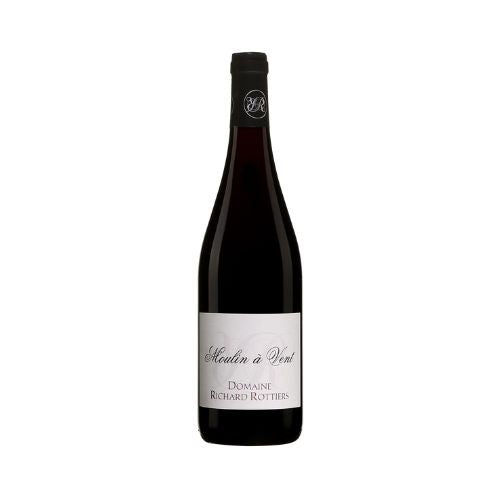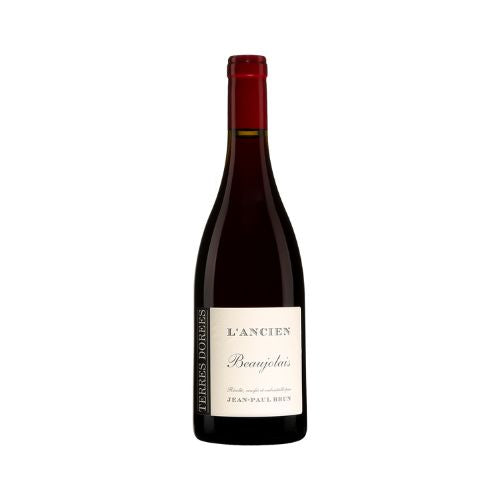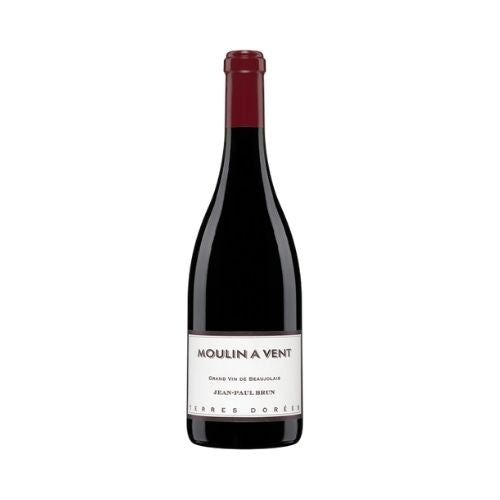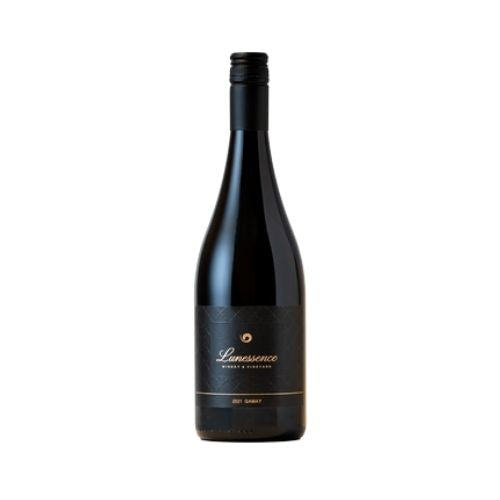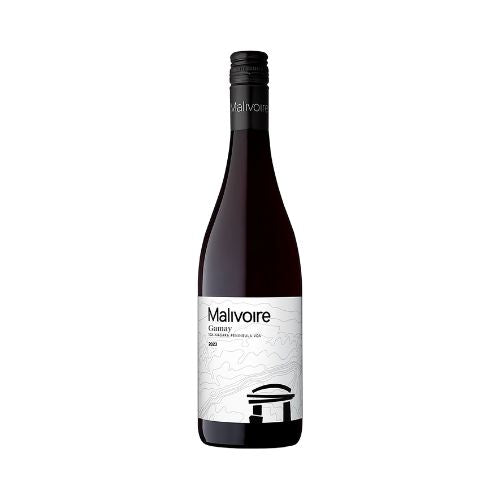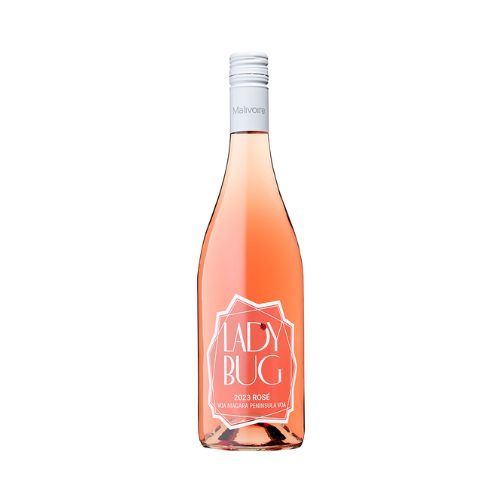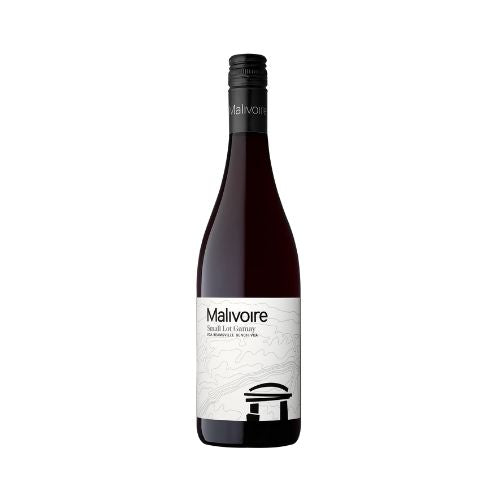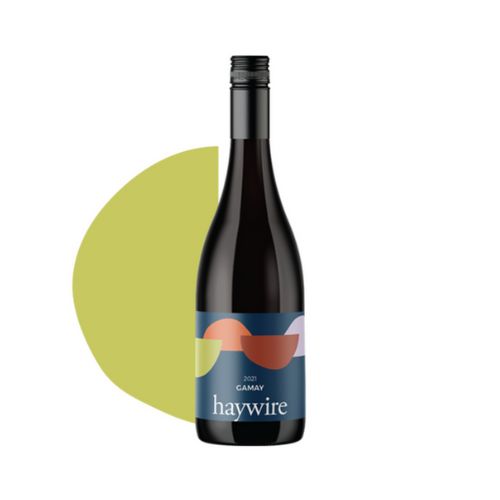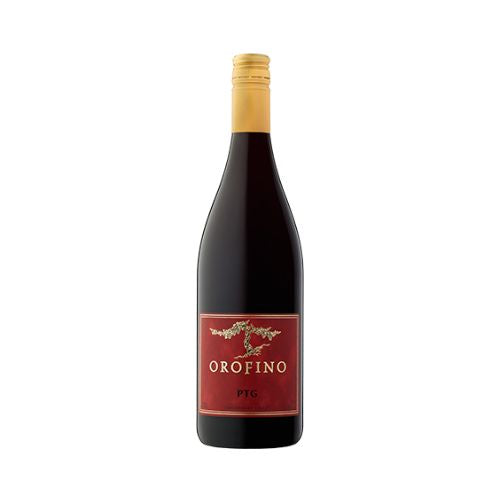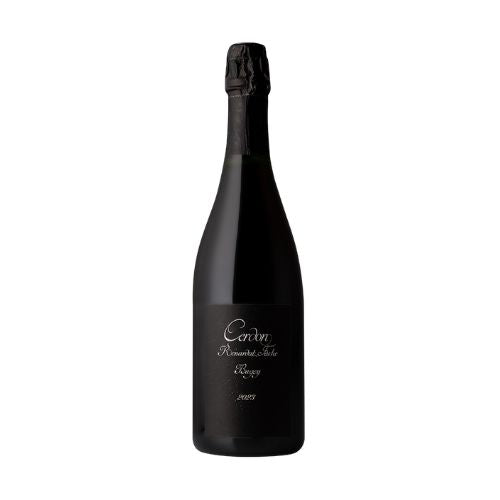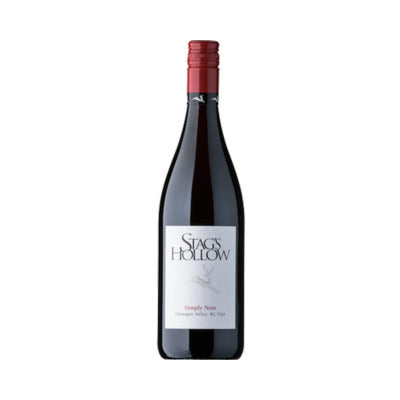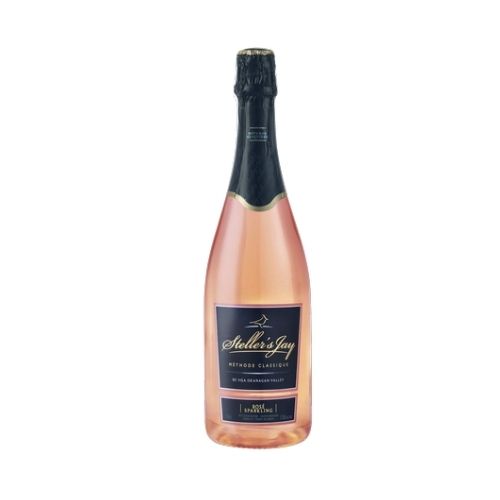Gamay Noir
Filters
31 products
Alliance Loire - Les Ligériens Rosé d’Anjou 2024
Sale price$23.99
Averill Creek Vineyard - Joue Rosé 2023
Sale price$27.99
Bartier Bros. - Gamay Noir Rosé 2023
Sale price$34.99
Blue Grouse Estate Winery - Charme de l'île Rosé
Sale price$29.99
Blue Grouse Estate Winery - Rosé 2023
Sale price$26.99
Bouchard Aine & Fils - Beaujolais
Sale price$19.99
Cannon Estate Winery - Fleur Bleue 2021
Sale price$37.99
Caves de Lugny - Crémant de Bourgogne Brut Rosé
Sale price$32.99
Château Fuissé - Juliénas 2019
Sale price$49.99
Clos de la Roilette - Cuvée Tardive Fleurie 2021 (1.5L)
Sale price$99.99
Clos de la Roilette - Cuvée Tardive Fleurie 2023
Sale price$49.99
Clos de la Roilette - Fleurie 2023
Sale price$39.99
Domaine des Billards - Saint-Amour 2020
Sale price$35.99
Domaine Lapierre - Morgon 2023
Sale price$59.99
Domaine Ramonet - Bourgogne Passetoutgrain 2022
Sale price$59.99
Domaine Richard Rottiers - La Sambinerie Beaujolais Villages 2019
Sale price$36.99
Domaine Richard Rottiers - Moulin-à-Vent 2020
Sale price$49.99
Jean-Paul Brun - Terres Dorées Moulin-à-Vent 2022
Sale price$39.99
JoieFarm - PTG 2022/2023
Sale price$29.99
Regular price$36.99
Lunessence Winery - Gamay Noir 2022
Sale price$32.99
Malivoire - Gamay Noir 2023
Sale price$34.99
Malivoire - Ladybug Rosé 2024
Sale price$29.99
Malivoire - Small Lot Gamay Noir 2023
Sale price$36.99
Okanagan Crush Pad - Haywire Gamay Noir 2022
Sale price$29.99
Okanagan Crush Pad - Haywire Gamay Rosé 2022
Sale price$22.99
Orofino Vineyards - PTG 2021
Sale price$35.99
Renardat-Fâche - Cerdon du Bugey Méthode Ancestrale
Sale price$39.99
Stag's Hollow Winery - Simply Noir 2023
Sale price$29.99
Sumac Ridge - Steller's Jay Brut Rosé
Sale price$27.99
Vieux Bourg - La Croix Penet Régnié 2022
Sale price$39.99

